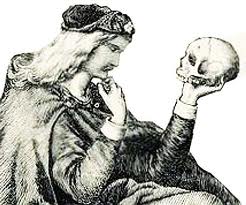Assuming a thermal breakup for 73P, Wiegert and colleagues have calculated the most likely trajectory of its dust cloud. Their results: dust should reach Earth in 2022, “producing a minor meteor shower–nothing spectacular. However,” he adds, “the ongoing splitting of the comet means new meteoroids are being sent in new directions, so a future strong meteor shower from 73P remains a real possibility.” — NASA 2006 “Mini-Comets Approaching Earth”
4 CONCLUSIONS
The τ Herculids are a highly erratic meteor shower, reaching appreciable levels only at intervals separated by decades. During the 20th and early 21st centuries, only the years 1930, 1941, 1946, 1952, 2022 and 2049 are expected to see appreciable activity, and only in 1930 has any strong activity in fact been observed. This variability is a direct result of the dynamics of its parent body, which suffers close encounters with Jupiter roughly a few times in a century. No increase in τ Herculid activity is expected in 2006, despite the recent breakup of the parent comet and the close passage of its fragments to the Earth at that time. The proximity of the positions of the 1995 cometary outburst and the 2006 close approach along the orbit of Comet Schwassmann–Wachmann 3 strongly reduces the spread of the meteoroids released and they are not expected to intercept the Earth in significant numbers. We do note that the close approach distances of the fragments themselves to the Earth are sensitive to outgassing patterns and further splitting, and we recommend that
they be recovered telescopically at the first opportunity. — 2005, he τ Herculid meteor shower and Comet73P/Schwassmann–Wachmann 3P. A. Wiegert, P. G. Brown, J. Vaubaillon and H. Schijns



1930 – Rio Curaca
2022 – ?
I wish this comment posting had an edit function.
When I return to Illinois, I’ll post a more complete SW3 interaction history.
It must be kep in mind that on these earlier passes SW3 was intact. Its now a 1.6 billion kilometer long debris stream, with 64 large pieces, if memory serves.
Congratulations to Bob Kobres on spotting the neutron production evidence. Fascinating.